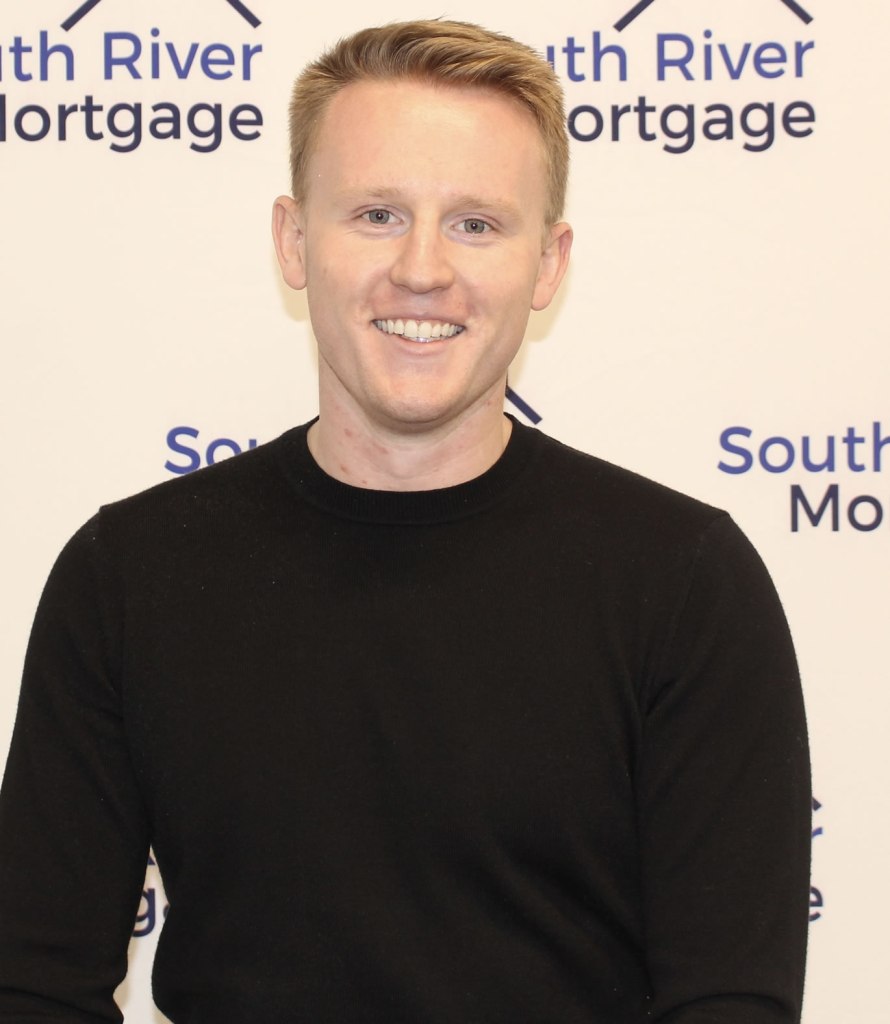Chris Clow/RMD: How has reverse business this year been going, and how do you foresee business progressing by the time we get to December?
Tyler Plack: We just finished out May, and I thought the May results were very good. I’m excited about where we’re headed. Some of our corporate goals have been to increase the size of our sales floor and to focus on bringing on some of these remote loan officers in the “feet in the street” model. The reception we’ve received from some of those loan officers has been very warm and exciting.
What we’re seeing in terms of our in-person and call-center model is that it continues to grow as well. The results have been increasing month over month for every month this year. Our expectation is that this trend will continue through the end of the year. To say that I am bullish on reverse mortgages is probably an understatement.
Clow: Your company was highlighted in a recent RMI report for a significant boost in originations between February and March. I’m curious about how sourcing is going. Are you focusing on any particular area of business to build out further and keep things moving through the year?

Plack: Yeah, we are very focused on our direct-mail model. We’ve done a lot of work in the data science department. This is such a crucial corporate goal that I probably spend about half of my day focused on data science. It is that important to what we do. Some of the increase in results you’re seeing is due to gains we’re making in the statistics world.
What that is exactly is a statistical model, but it’s done well and continues to improve. We’re really excited about that and expect to continue growing originations, largely through our own marketing and this new external sales model that we’re building.
Clow: Without revealing anything proprietary, I’m curious about how data science factors into the decision-making process. What more can you tell me about what you’re looking at and how you apply it to translate into return on investment?
Plack: I think there’s a box of consumers who want the product but don’t qualify for it, and there’s a box of consumers who qualify but don’t want the product. What we really want to focus on is the consumers who want the product and qualify for it. That’s where the data modeling comes in.
We’re looking at the overall credit picture and the overall property picture, applying a ton of math and statistical models to find who we can help the most. This results in us helping more people at a lower cost and making sure that the people we’re talking to can actually be helped, rather than people who would love our help but unfortunately will never qualify for it. So, it’s about the intersection of both the level of interest of the consumer and our projections on their qualification.
Clow: Is that data you can acquire, or is it mainly generated internally, or do you take another approach to processing it?
Plack: It’s a mixture of everything. There’s some data we take from other sources, and there’s a ton of data we have internally that we’re using as well. We throw all that into a model that helps us decide, on a week-to-week basis, who is going to have the highest propensity to take the loan, close and fund.
Clow: Do you think that is used enough in the industry? It doesn’t seem like there’s a lot of emphasis on data science in the broader business, although I could be mistaken.
Plack: I think there are certainly gains to be made through better modeling, but I don’t know that it’s the key for everyone. I know it’s worked well for me due to our analytically minded team, but for the average loan officer or sales manager, I wouldn’t focus on the data. I would focus on making connections with financial advisers and planners, and using traditional methods. With scale, it makes sense the way we do it, but there is more than one way to originate loans.
Any company should take a multifaceted, multimodal approach. We might be really good at direct mail, but we could be missing out on referral networks and that style of origination. We’re working to build into that. For those who don’t have exposure to direct-mail marketing, perhaps they should spend some time in it. Just like an investment portfolio, your marketing strategy should be diversified.
Look for more from Tyler Plack and South River on RMD soon.







